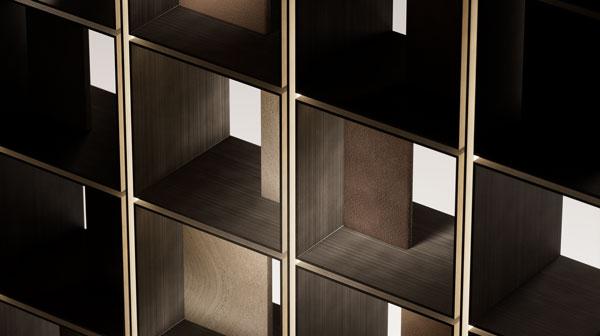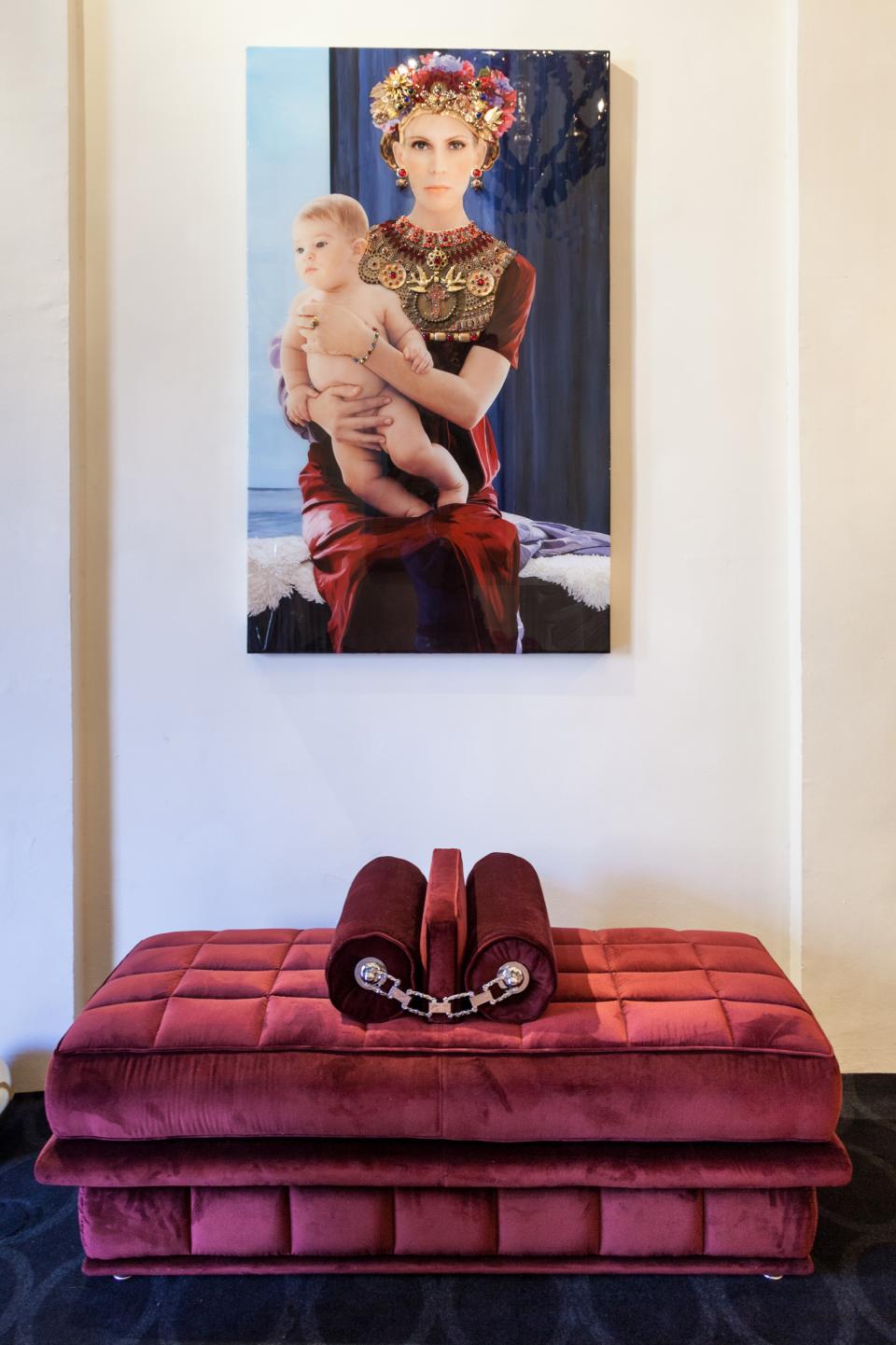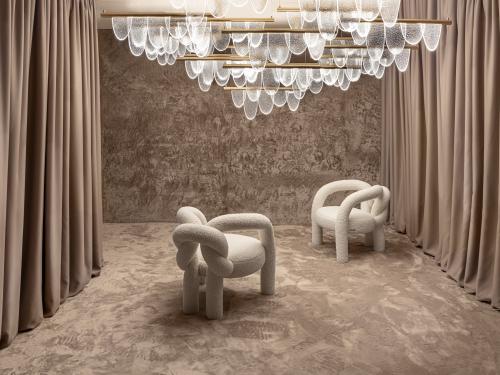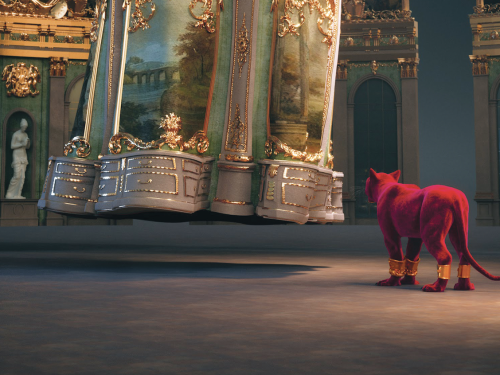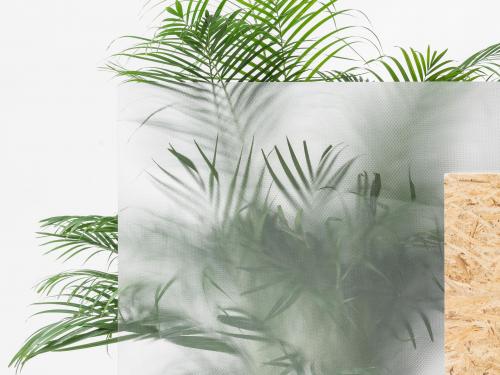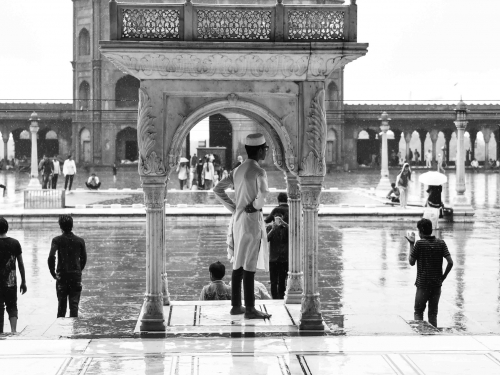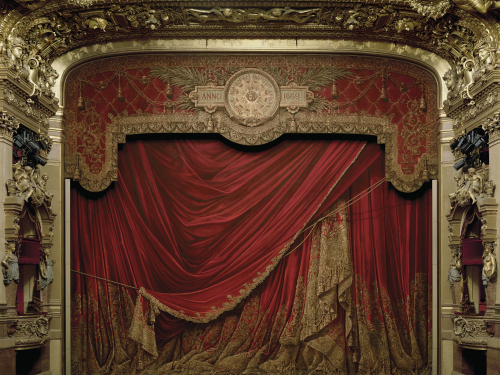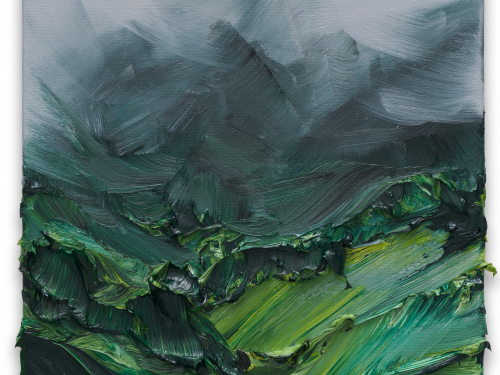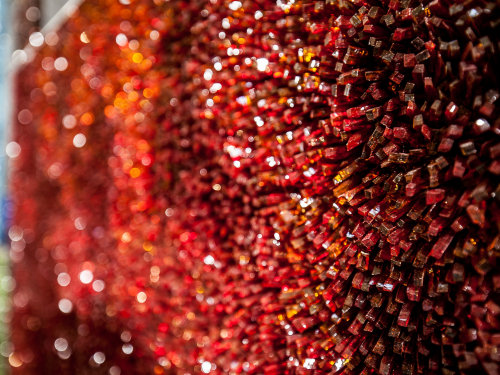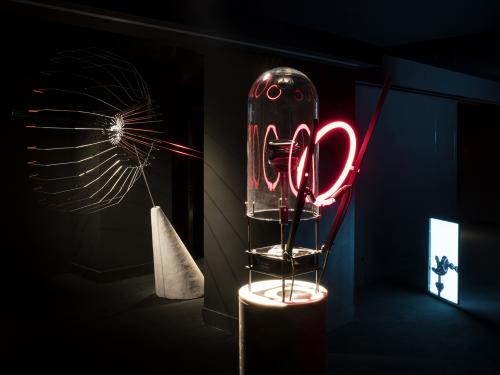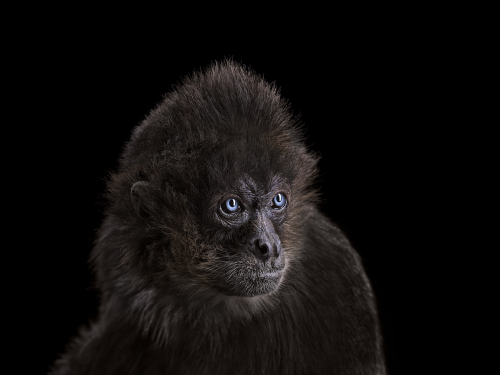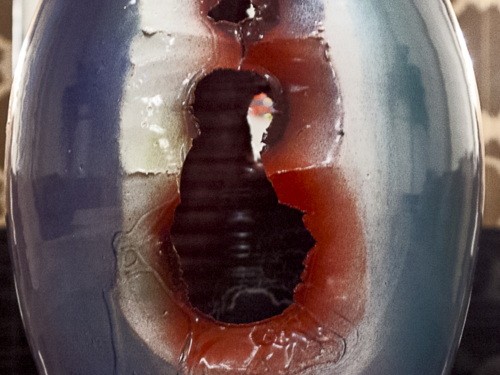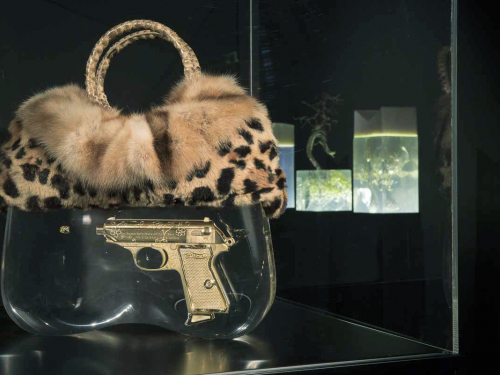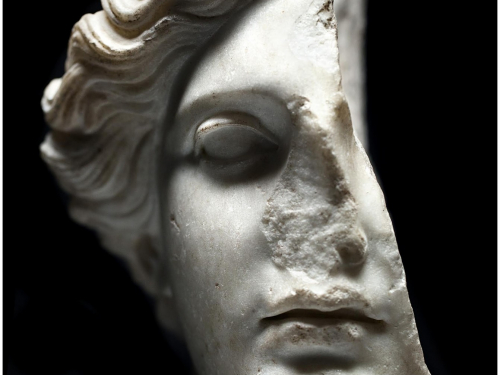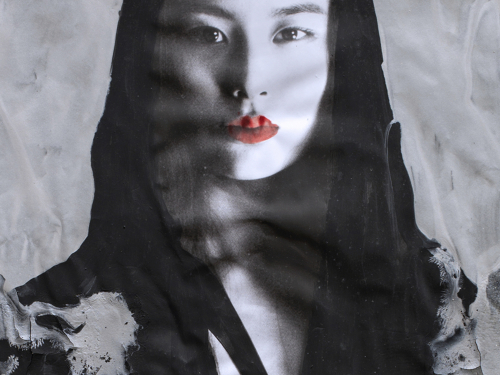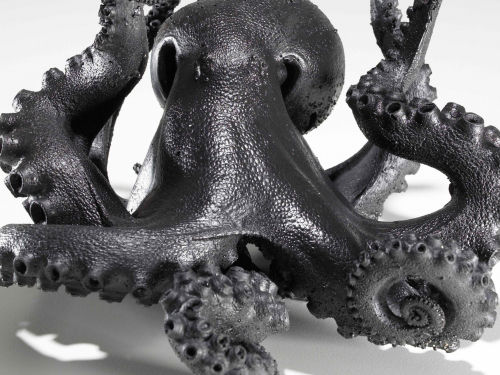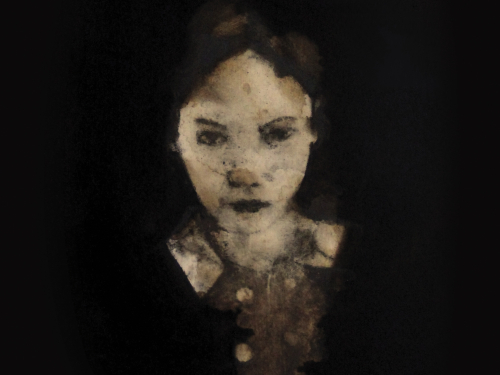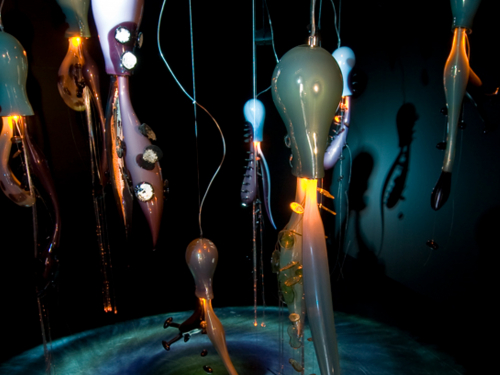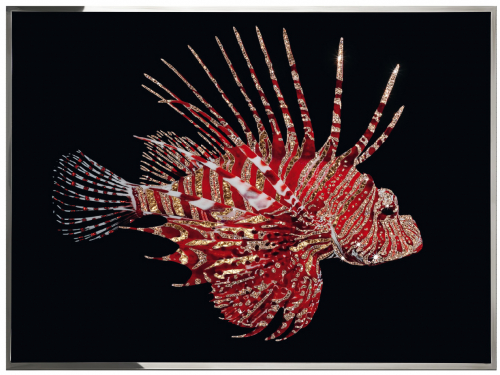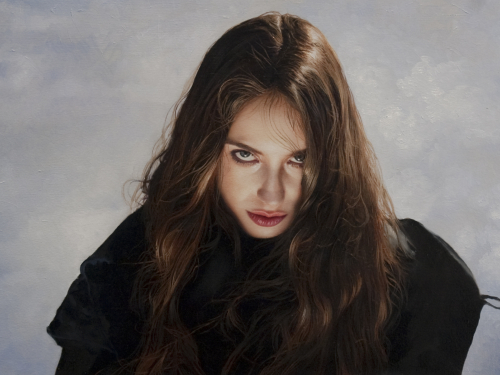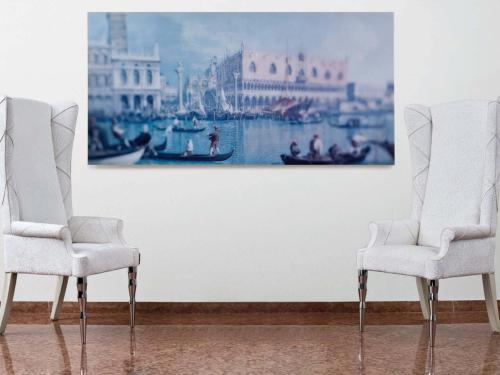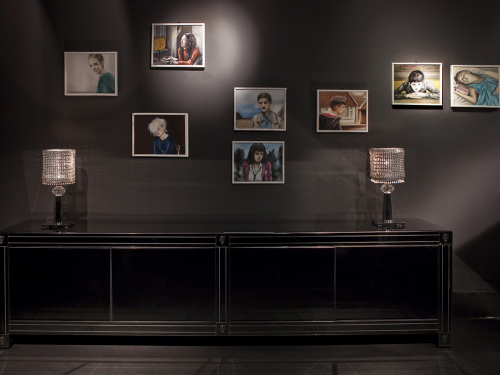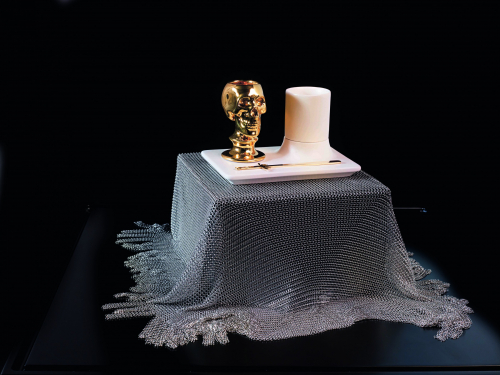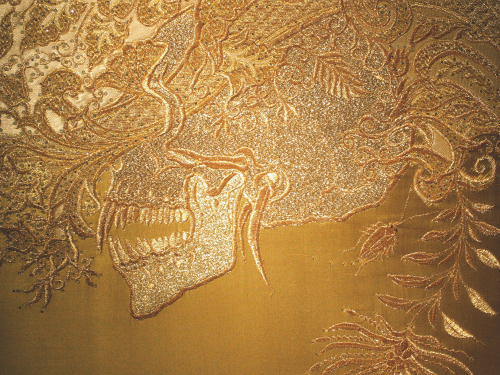Collection Privée
Collection Privée
Visionnaire 向 Collection Privée 展示了一系列从画廊老板 Claudio Poleschi 的私人收藏中精选作品,这是专门针对收藏家和收藏家的一系列约会中的第一项。
On the occasion of Bologna Arte Fiera 2014, Visionnaire presents Collection Privée a selection of works from gallery owner Claudio Poleschi’s private collection, the first of a series of appointments devoted to collectors and collecting. Showcasing the exhibition will be a site specific arrangement created in the former San Damiano church, now the location of the Visionnaire Showroom, with its 18 metre high dome, apse and crypt as the setting for this first rendez-vous devoted to the theme of “collecting”.
BERTOZZI&CASONI - ALESSANDRO BRIGHETTI - PIER PAOLO CALZOLARI - VITTORIO CORSINI - DUBOSSARSKY e VINOGRADOV - PIERALLI e FAVI - NINA SUREL - GILBERTO ZORIO
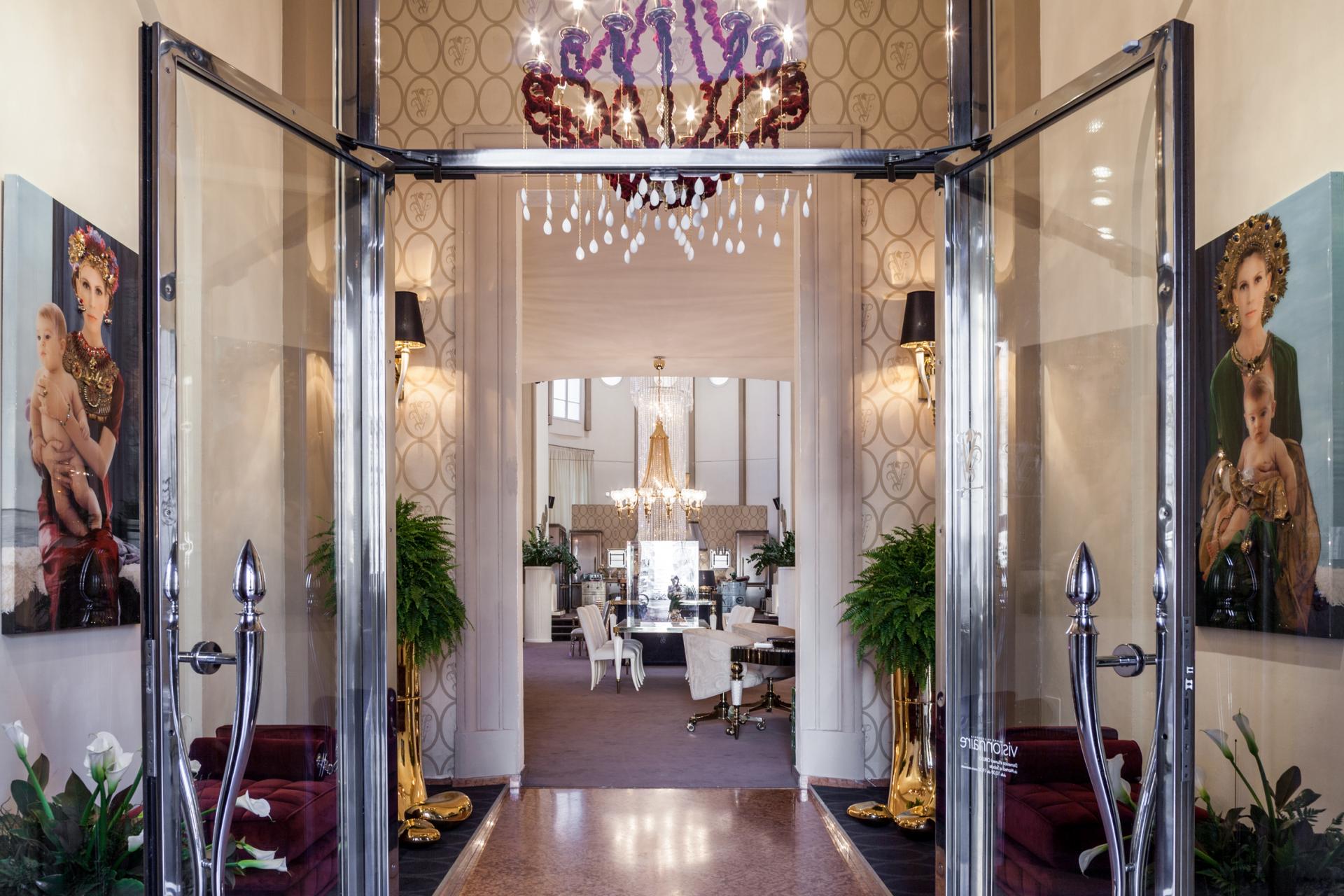
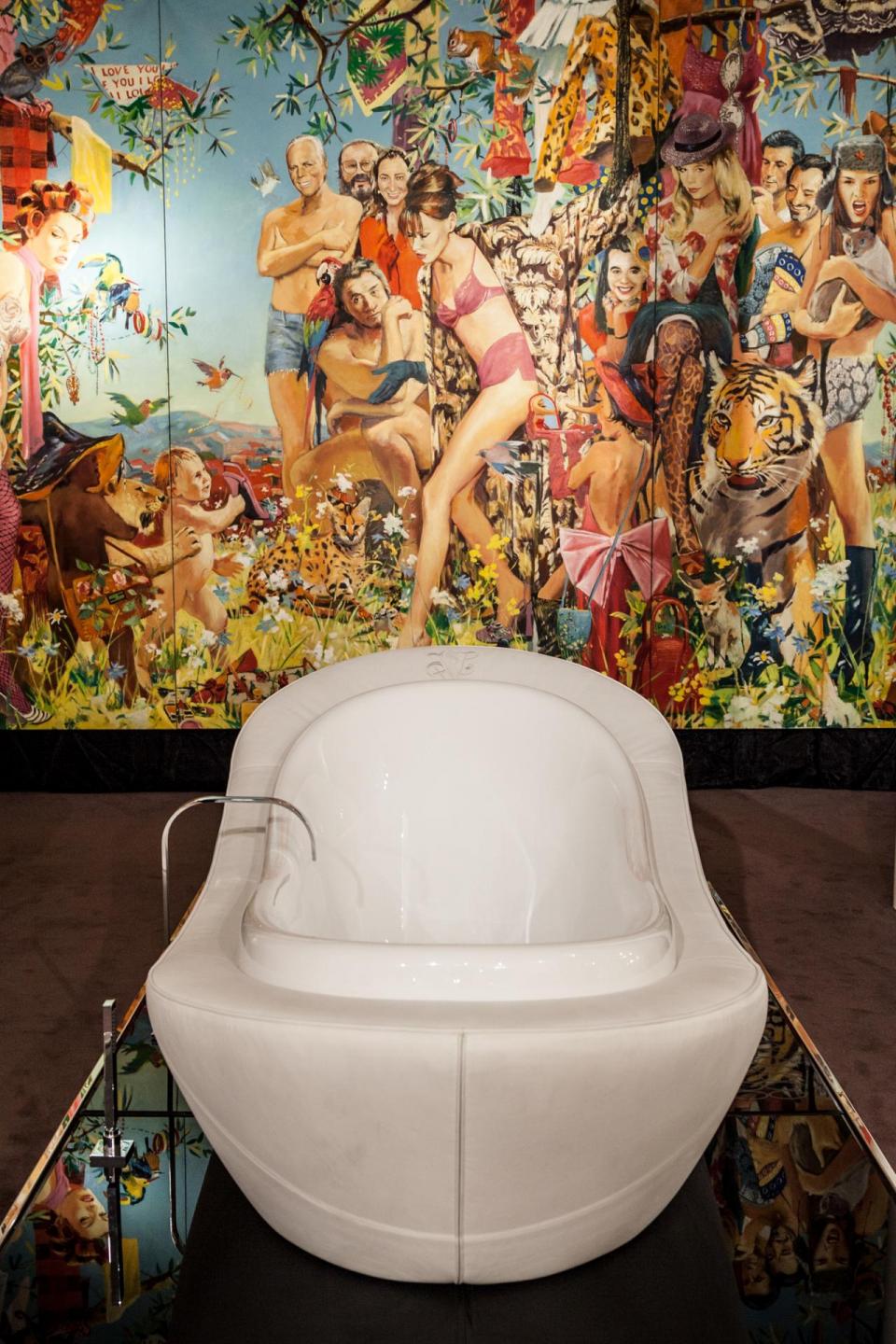
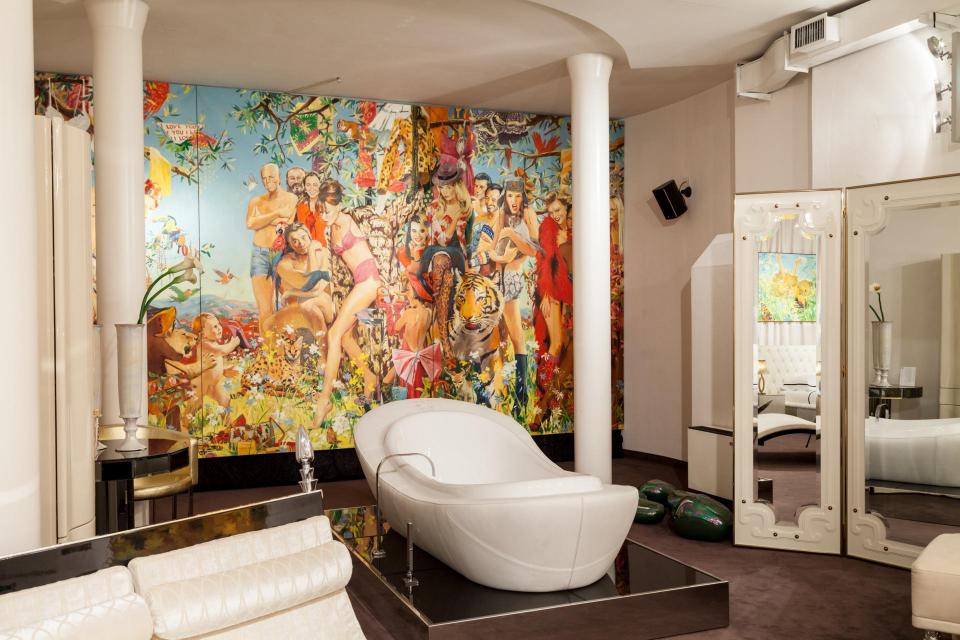
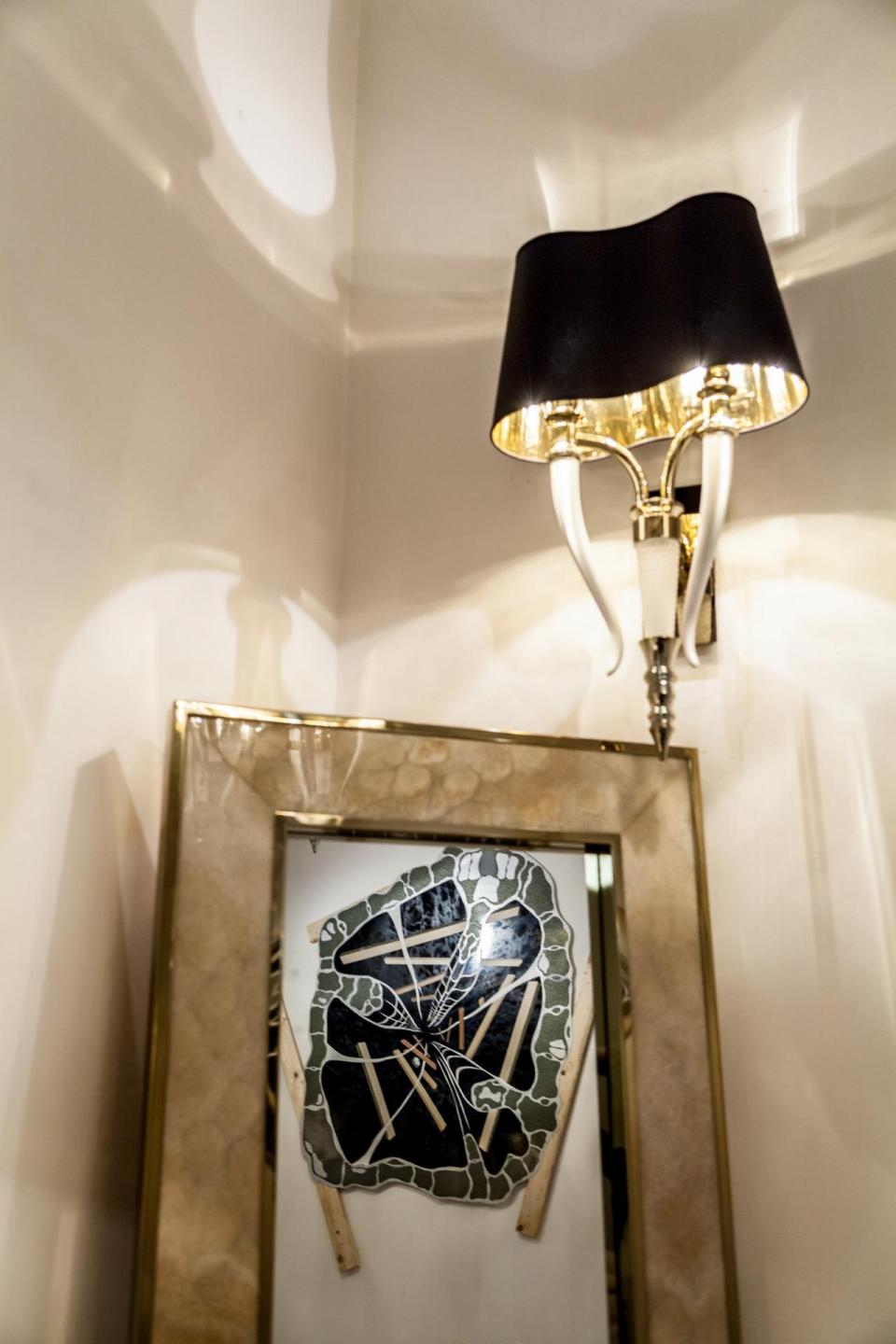
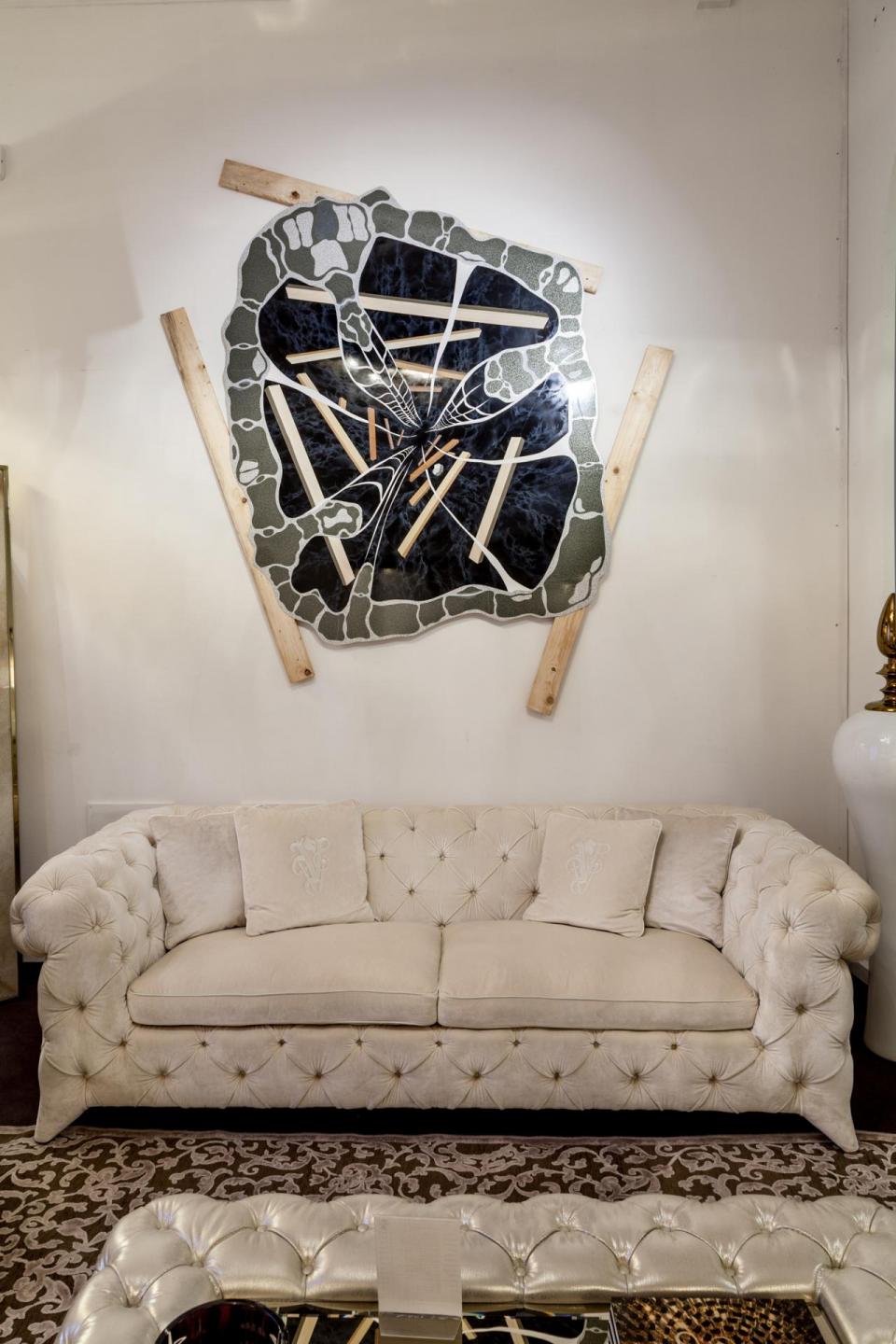
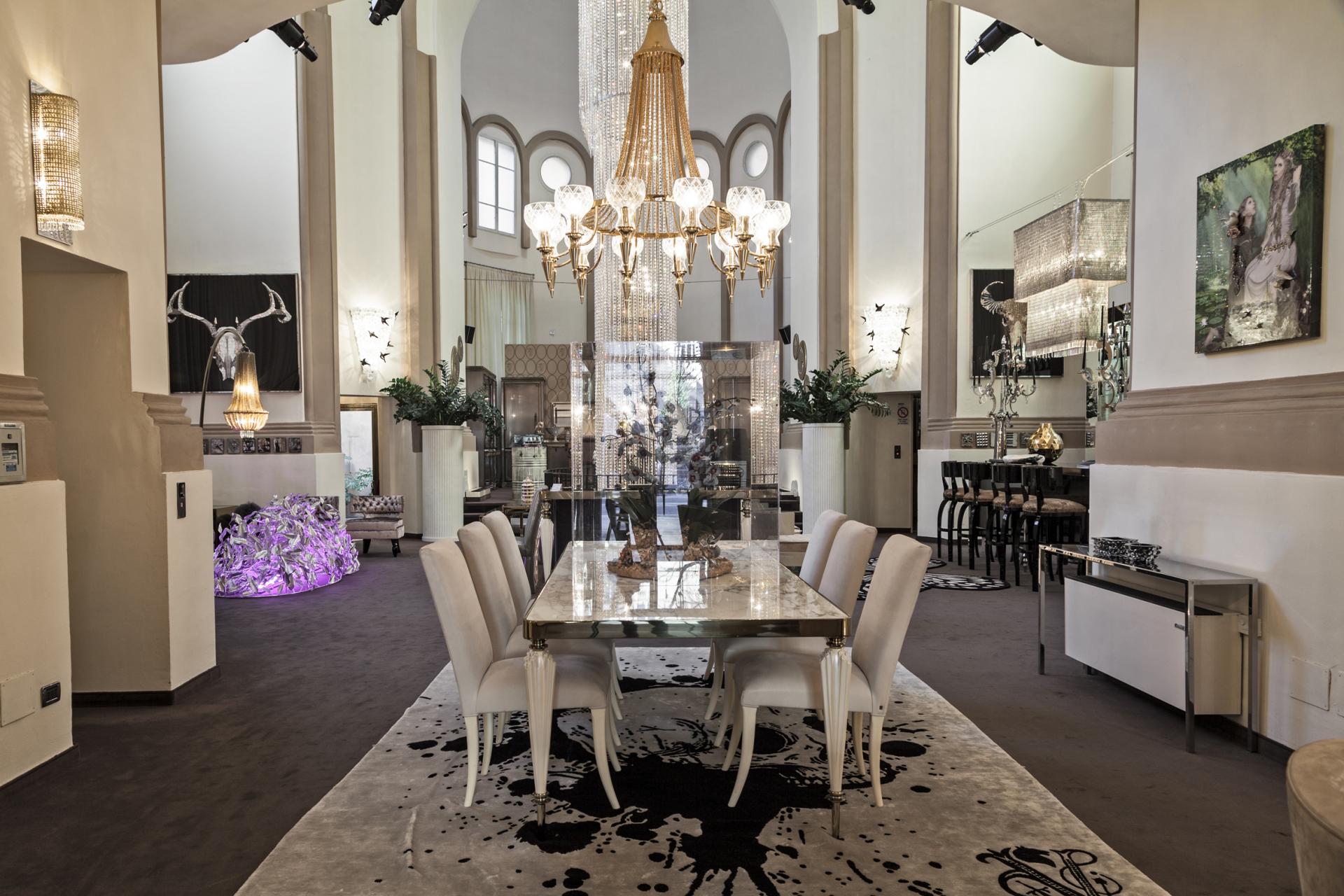
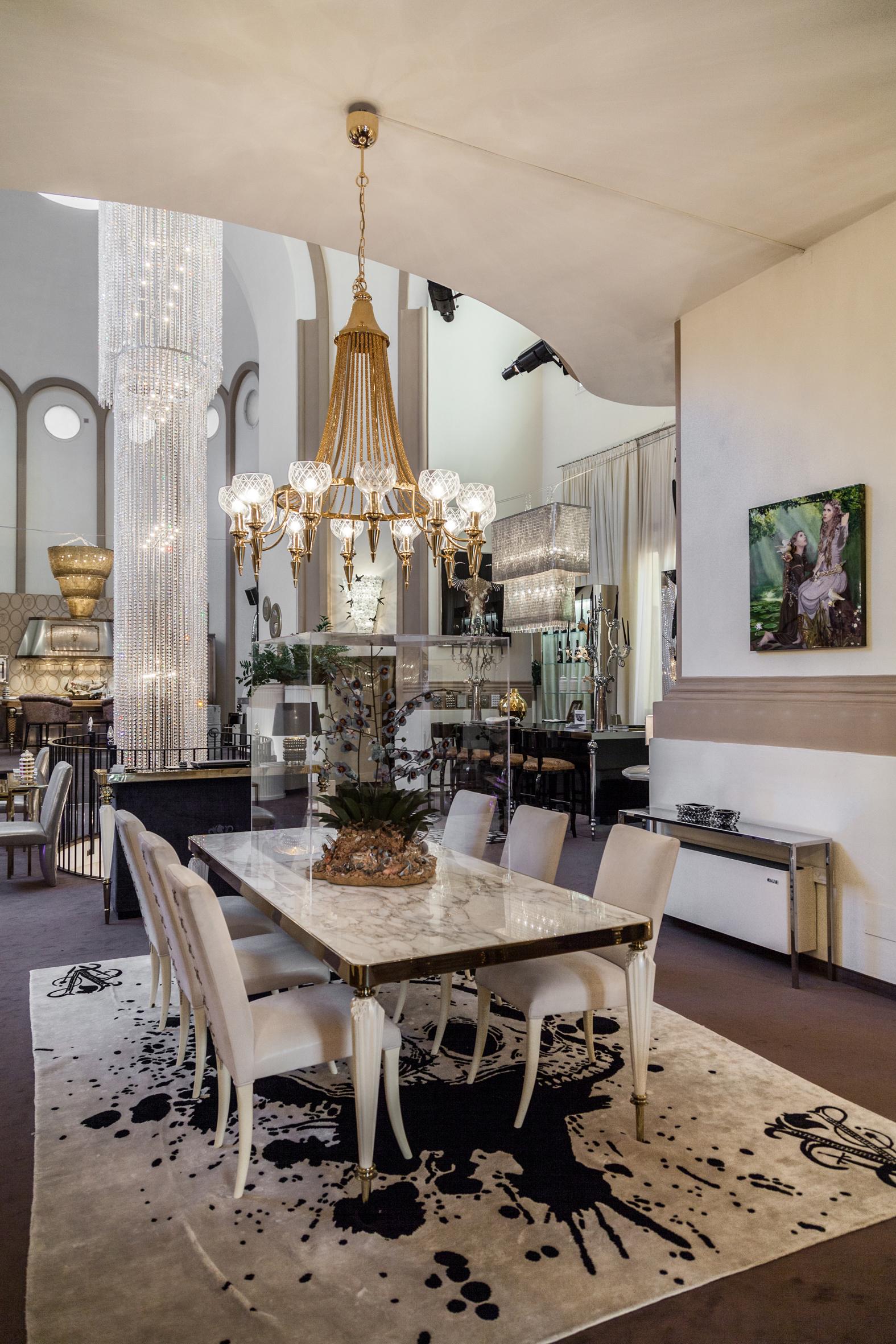
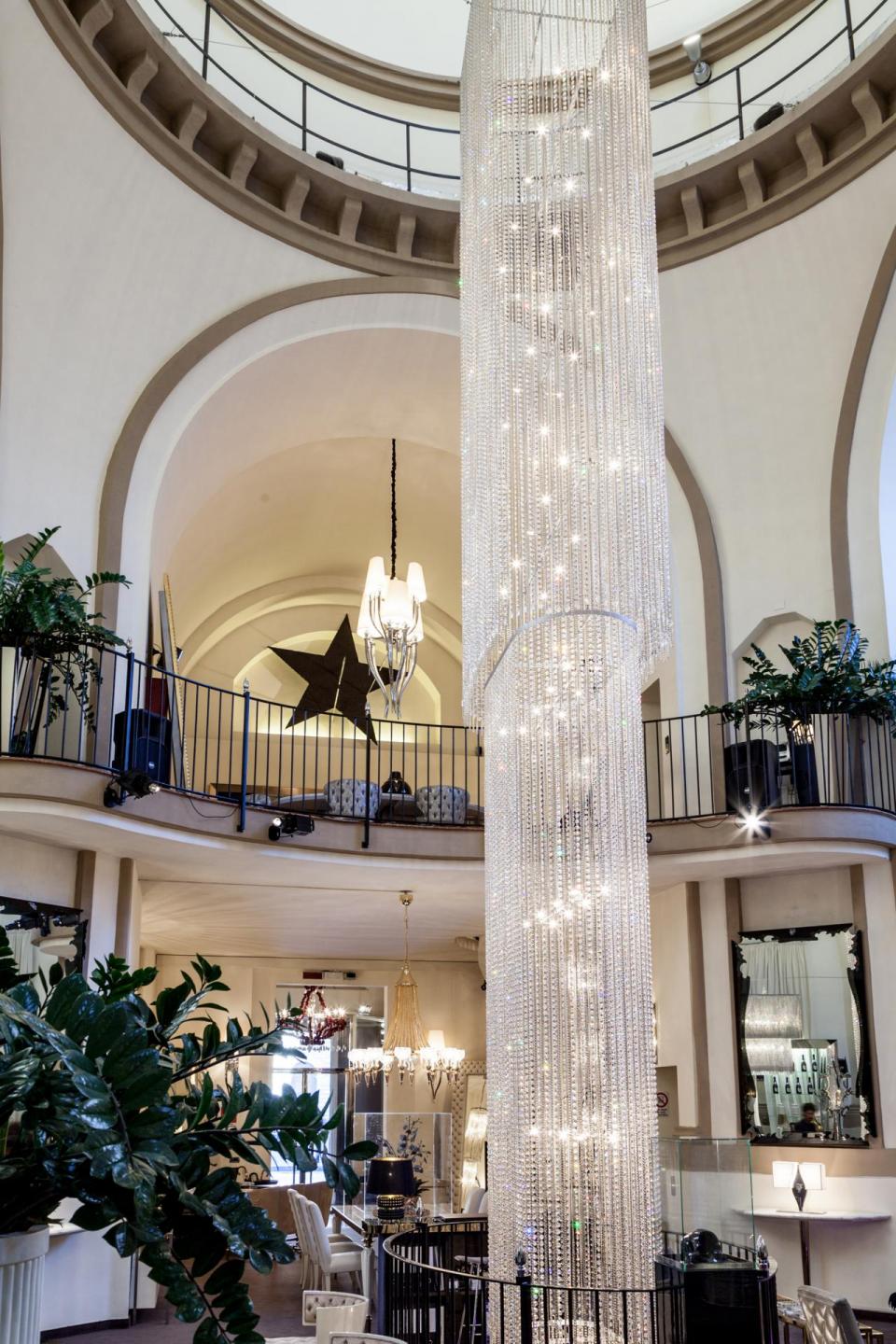
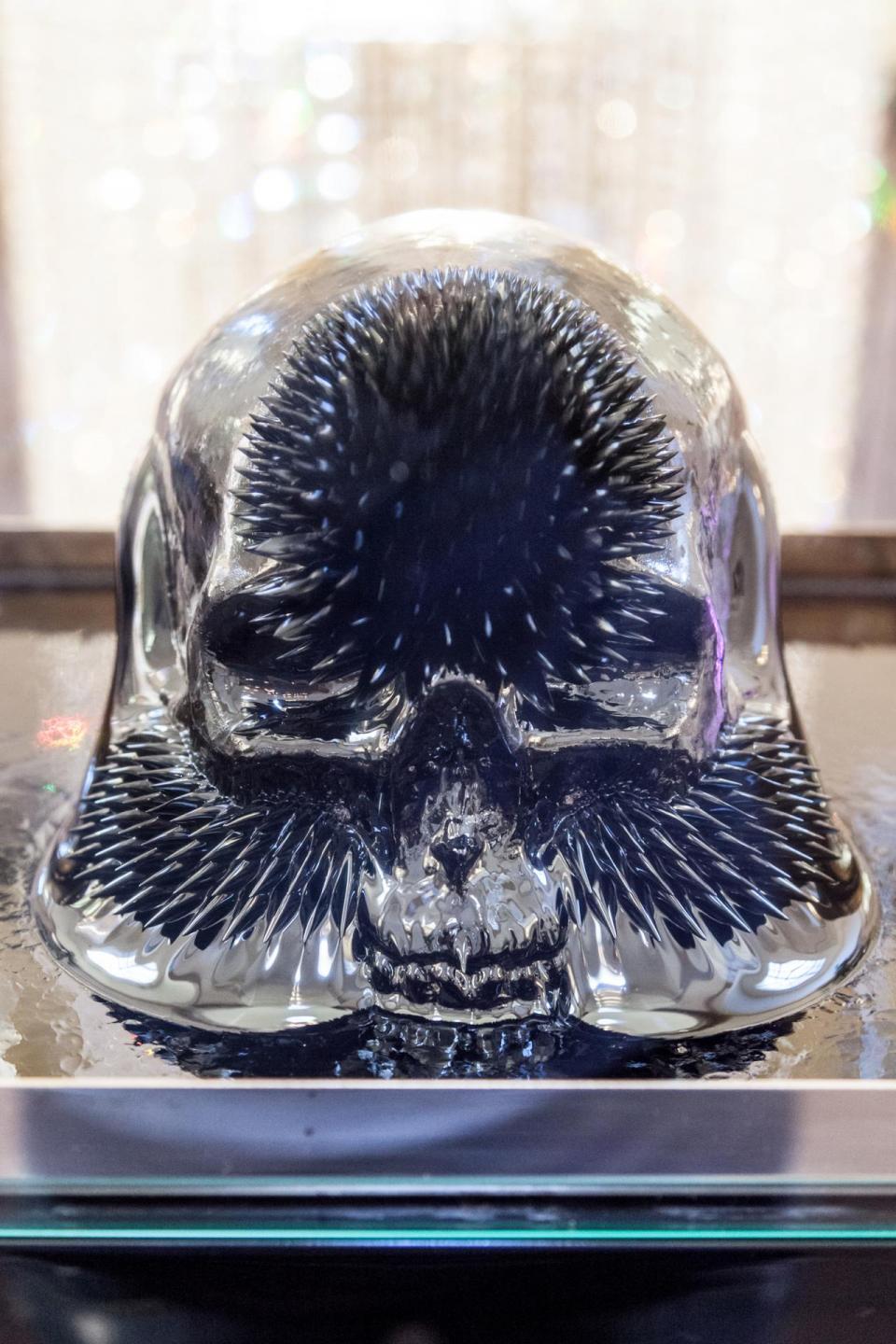
Artist
Bertozzi&Casoni
Their artistic work is focused on the use of ceramic materials to which industrial techniques are applied, often generating new hybrids materials thanks to a highly experimental approach. Starting from the 80’s Bertozzi & Casoni take part to the recovery of the Italian majolica tradition bound to the experiences of “La Nuova Ceramica”, exhibiting in important collective exhibitions in Italy and to a serie of exhibitions dedicated to the Italian contemporary ceramic art in Japan. In the 90’s they do important public works, such as the urban path with fountains and sculptures in the Tama district in Tokyo. They have been invited to represent Italy during the 53rd “Biennale” in Venice in 2009.
Nina Surel
Nina Surel’s full-size women, intriguing and characterized by an aristocratic, fairytale allure, are portrayed against a richly decorative background. They are innovative works, inspired by the artist’s interest in romantic female literature. hey depict women reenacting their fantasies, their disguises, their sub-conscious desires so often repressed in everyday social situations. Nina Surel’s whimsical figures, depicted on the edge of a wood, always originate from a photographic self-portrait, dressed differently each time and adorned with flowers or jewels until she takes on a new identity. A self-portrait of an intentionally inexpressive face, as if to embody the essence of the mercurial, mysterious world of women. Surel’s wood is a kind of set, a background narrative, but also an archetypical place tied to states of psychological conscience or unconscious, to what is permitted or forbidden. The artist uses a wide range of techniques in her works: photography, painting, collages of lace, buttons, chinaware and jewels fixed to the substrate with layers of clear resin. Nina Surel seems to investigate her own true identity as a woman and artist through her sensual images, in a kind of personal re-writing of female history. Nina Surel was born and raised in Buenos Aires, Argentina, and lives and works in Miami since 2001. She studied at the Architecture & Urban Planning University of Buenos Aires. Her work has been exhibited widely in institutions, galleries and art fairs both in the United States and South America.
Diego Scroppo
Diego Scroppo was born in Torino in 1981. He graduates at the “Albertina” Art Academy in Torino in 2005 and continues his training in important schools and European organizations. Heir of a sincere monumental tradition, Scroppo proposes a very modern style but at the same time primitive, such as the shapes that conceives and the materials that uses. His creations, which are mostly played in the realism of the shapes and of the representation and which recall certain surrealistic atmospheres, are a brilliant synthesis of organic and inorganic, of memory and innovation, of elegance and disturbance. Scroppo’s art works are beautiful but also disturbing because of this living-on-the-edge and of the extreme industriousness of the process they come from, process where the most innovative prototype techniques join a very slow and fatiguing manuality. These art works are rare and precious and engage the artist from the first project phases, merely speculative, to the last finishings in studio, through nearly microsurgical interventions on details.
CaCo3
The group CaCO3 was founded in 2006 on the initiative of three artists, Aniko Ferreira da Silva, Giuseppe Donnaloia and Pavlos Mavromatidis, after having shared the experience of training at the "School for the Restoration of Mosaics" in Ravenna. Chemical formula of calcium carbonate, or limestone, the name CaCO3 refers to a raw material commonly used for the realization of the mosaics. The study and practice of traditional technique and the direct contact with the mosaic works of the past, made possible during the years of study and work experience in restoration sites, contributes to the sharing of a common reflection on the formal aspects of the mosaic and their elaboration, aimed at finding new possible relationships between light and matter.
Antonio Fiorini
(Brindisi, 1980). After the Art School he attends the Brera Academy. In his twenties, he takes part to the show “Pitture. 21 artisti del XXI secolo” (Paintings. 21 artists of the XXI century), curated by Massimo Guastella, Castello Aragonese, Otranto, and in 2003 he is selected by Luca Beatrice and Norma Mangione for the collective exhibition “XS. Extra Small (Galleria San Salvatore, Modena); in the same year he wins the first prize at the “Salon Primo”, at the Museum of the Permanente in Milan, and in 2004 one of his art works is recommended by Luciano Caramel at the “Michetti Award”, Fondazione Michetti, Francavilla al Mare. Since then, he has taken part to several personal and collective exhibitions, until his recent participation to the Biennale Award of Contemporary Art Saint-Vincent 2012, which has named it among the 44 young artists selected by the directors of the Academies of the 25 States belonging to the European Community.
Michele Astolfi
Born in Bologna, he completes his studies through Italy, Switzerland, United States and Paris. Being a fan of photography and of digital processing, he experiments the combination between the image and the different materials such as fossil wood, crystals, natural stone and steel.. In 2008 he includes a collection of complement panels in the production line of the family company, dedicated to complements like lamps, picture frames, mirrors and trays. He gets an unexpected success with this collection. His work evolves in this direction, creating unique objects by the use of new techniques and materials, up to precious and exclusive collections for the furniture field.
Daniel Gonzalez
(Buenos Aires, Argentina, 1963). He lives and works between Berlin and New York. He has taken part on big exhibitions and public works, the last of which is “Pop-up museo Disco Club”, made for the “Biennale” of the Barrio Museum in New York in 2011, and “Pop-up building”, transformation of a classic Rotterdam architectural structure in a “carton fairytale”, through the pop-up books look, open during the festival Witte de With Straat 2010. Also the two big scale works created in co-operation with the Italian artist Anna Galtarossa cannot be forgotten: “Chili Moon Town Tour”, a floating Utopian city of dreams, inaugurated at the Lago Mayor di Bosque de Chapultepec in Mexico City in 2007, and “Homeless Rocket With Chandeliers”, setting created at Lambrate (Milano) in the same year on a crane “contaminated” by objects and materials referring to the “street culture”.
Domenico Grenci
The figures depicted by Domenico Grenci float in a dimension outside of time, lacking any material reference. The stage is empty, the only actor in this scene is the woman. Grenci’s female faces seem to emerge from an old photograph worn by time. The undefined, unfinished alien effect, similar to that evoked by a blurred or faded image, is created by bitumen, a poor and paradoxically heavy material. The artist attempts to capture something hidden in these disquieting, enigmatic faces that ask questions to which perhaps no answers exist. He does so without ill-treating them, with sensitivity and the deepest respect for women, who are complicated and sensual, vulnerable and strong at the same time, trying to extrapolate their essence, in all its nuances.
He effects what he himself calls an “elevatio animae”, which in a way redresses the offence caused to that identity by the commercialization of the body and skin-deep beauty imposed on us by the fashion industry and the media. Domenico Grenci graduated at the Art Academy in Bologna in 2007. He has taken part to several awards, receiving numerous prizes: Incision “Morandi” prize (2005); Celeste Prize (2007); Goldener kentaur: European Academic Award, Munich (2007, 1st place); “Maggio Fiorito”, Ferrara (2008, 1st place) and Art National prize in Catania. The recent invitation to exhibit at the 54th edition of the “Biennale” in Venice, Arsenale, Tese di San Cristoforo, confirms the important work done by this young Italian artist.
